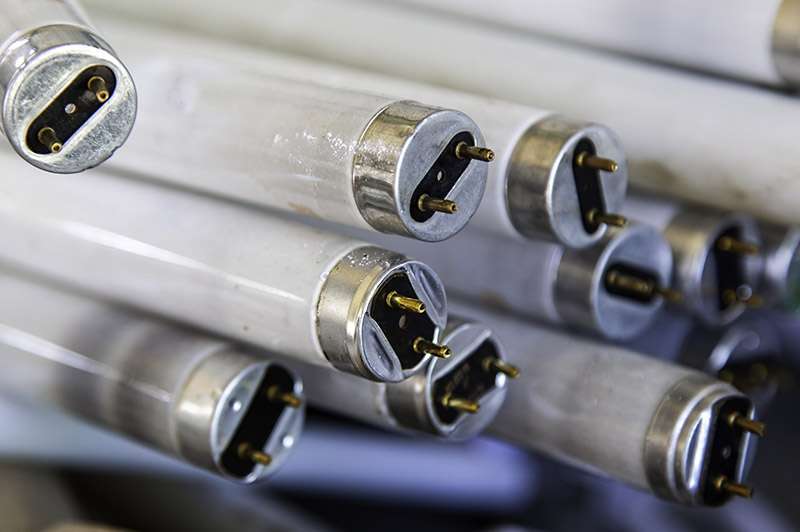Fluorescent lighting has been a staple in homes and businesses for decades, but in recent years, there has been a push to ban these tubes in the UK and Europe. This move towards more environmentally friendly lighting options has sparked controversy and confusion among consumers. In this article, we will explore the reasons behind the ban and the alternatives available.
The Fluorescent Ban
In 2012, the European Union (EU) implemented a ban on the sale of traditional fluorescent tubes in an effort to reduce energy consumption and promote more sustainable lighting options. This ban was part of the EU’s Energy Efficiency Directive, which aims to reduce energy consumption by 20% by 2020. The UK, as a member of the EU, also adopted this ban.
Environmental Impact
One of the main reasons for the ban on fluorescent tubes is their negative impact on the environment. These tubes contain mercury, a toxic substance that can be harmful to both humans and the environment. When disposed of improperly, the mercury can leak into the soil and water, causing pollution and harm to wildlife. By banning fluorescent tubes, the EU hopes to reduce the amount of mercury released into the environment.
Energy Efficiency
Another reason for the ban is the energy efficiency of fluorescent tubes. These tubes use a significant amount of energy, and the EU has deemed them inefficient compared to newer lighting options. The ban aims to encourage the use of more energy-efficient lighting, such as LED bulbs, which use less energy and have a longer lifespan.
Alternatives
With the ban on fluorescent tubes, consumers are left wondering what alternatives are available. The best choice is to upgrade to LED tubes. LED tubes use less energy than fluorescent bulbs and have a longer lifespan, making them the most energy-efficient option.
Benefits of the Ban
While the ban on fluorescent tubes may seem inconvenient for consumers, there are several benefits to this decision. The ban promotes the use of more energy-efficient lighting, which can save consumers money on their energy bills. It also reduces the amount of toxic substances released into the environment, promoting a healthier and greener planet.
Adjusting to the Change
For those who have been using fluorescent tubes for years, the switch to LED bulbs may seem daunting. However, with advancements in technology, these alternatives are now more affordable and readily available. LED bulbs also come in a variety of shapes and sizes, making it easier to find a suitable replacement for fluorescent tubes.
Conclusion
The ban on fluorescent tubes in the UK and Europe is a step towards a more sustainable and energy-efficient future. While it may take some time to adjust to the change, the benefits of this ban far outweigh any inconvenience. By switching to more environmentally friendly lighting options, we can all do our part in creating a greener planet for future generations.
Have you made the switch to LED bulbs yet? Let us know in the comments.
